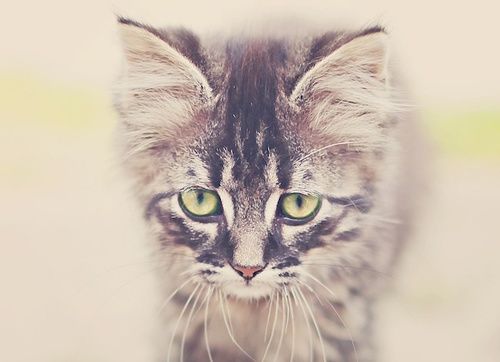Dog and cat depression, all the remedies
Depression in dogs and cats is more common than you think. In the comfortable interior of an empty house, for hours with no company other than themselves, cats and dogs have very little to do: sleep, eat or wreak havoc. Without stimuli and perhaps with great repressed energies , they can withdraw into themselves or enter the vicious circle of obsessive-compulsive actions that go under the name of depression. Let’s find out how to recognize and treat it.
> 1. What is depression
> 2. Symptoms of dog and cat depression
> 3. Dog depression: natural cures and remedies
> 4. Cat depression: natural cures and remedies

What is Depression
Depression in cats and dogs usually relates to a problem in their family. Owners may not pay him enough attention, exclude him from family activities, or leave him alone for too many hours, which can lead to boredom and apathy.
Depression can also arise from a lack of external stimuli such as games, caresses and companionship or, in some cases, from stress.
Symptoms of cat and dog depression
Some dogs and cats remain for a long time lying on the floor behind the front door of the house, waiting for the return of their master; others lick themselves until the skin is torn.
These obsessive behaviors are characterized by repetition, self-trauma and duration of time. They arise above all after an experience experienced as traumatic : an absence of the owner, for example, or the change of home, a disruption of the family routine, the birth of a child.
Stress experienced in an exaggerated way thus generates a state of anxiety that is discharged with a repetitive behavior directed against oneself. The points on the body that are the object of exaggerated attention are rather characteristic, also because they are easily reachable.
The lesions can become deep and infected, and as the behavior continues, they tend to get worse.
Dog depression: natural cures and remedies
To prevent the dog’s compulsive ways of acting, the essential thing is to try to give him something to do or watch: the first thing is, if possible, more company .
With the dog, lengthen the times of outdoor walks, give them the opportunity to look out of a window overlooking the street or a garden, where there is something moving.
Flower therapy can give a valid help to correct and support the dog in the throes of a compulsive behavior. In these cases, Bach flower treatment must take into account some of the different manifestations of a depressive syndrome (apathy, sadness, melancholy, etc.) , depending on what the dog is exhibiting.
In addition, it is important to identify and treat the reason that caused the dog to fall into a state of depression. In the case of a dog exhibiting depression, the following Bach flowers should be considered:
- Mustard (sadness).
- Honeysuckle (melancholy).
- Star of Bethlehem (trauma)
- Walnut (adaptation)
- Gorse (surrender)
Once you have chosen the most appropriate composition for your dog’s case history, the floral formula should be administered with a dosage of 4 drops, 4 times four times a day , possibly with direct application (in the mouth).
In case there are lesions on the skin, due to self-trauma, apply an aloe healing ointment to the excoriated skin (twice a day), even if the dog licks it has no harmful effect.
Cat depression: natural cures and remedies
Flower therapy can give a valid help to correct and support the cat in the grip of a compulsive behavior.
In these cases , Bach flower treatment must take into account some of the different manifestations of a depressive syndrome (apathy, sadness, melancholy, etc.), depending on what the cat is exhibiting.
In addition, it is important to identify and treat the reason that caused the cat to fall into a depressive state . In the case of a cat showing depression, the following Bach flowers should be considered: Mustard (sadness), Honeysuckle (melancholy), Star of Bethehem (trauma), Walnut (adaptation), Gorse (surrender).
Once you have chosen the most appropriate composition for your cat’s case, the floral formula should be administered with a dosage of 4 drops, 4 times four times a day, possibly with direct application (in the mouth).
If there are lesions on the skin, due to self-trauma, apply an aloe vera healing ointment to the excoriated skin (twice a day) , even if the cat licks it has no harmful effect.




























+ There are no comments
Add yours